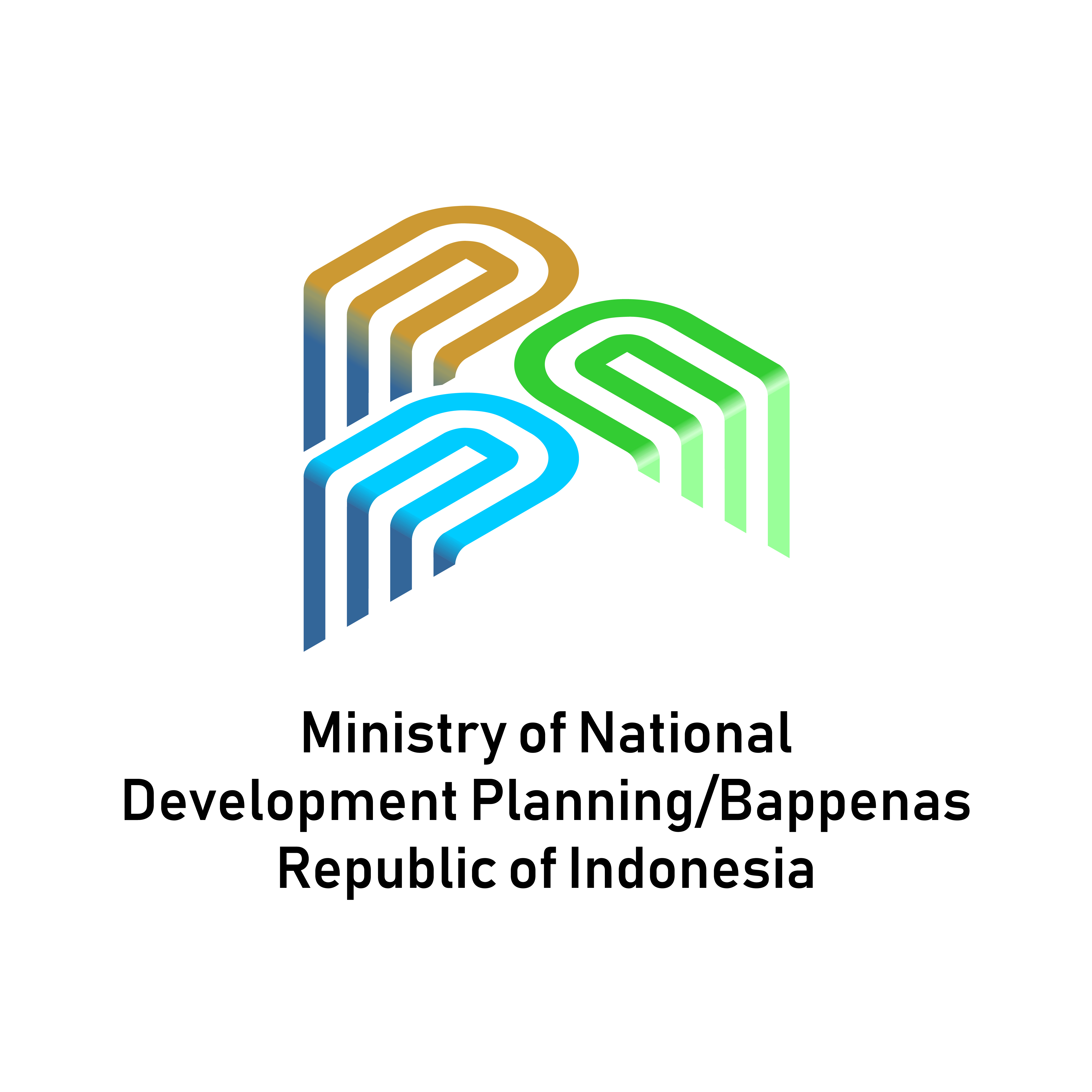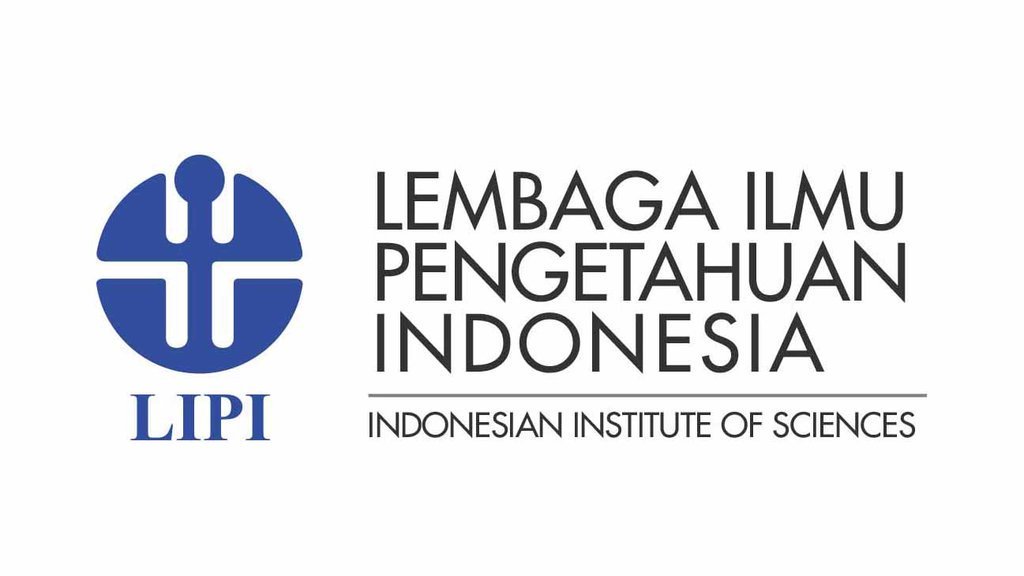Guaranteed Return to Work for White-Collar and Blue-Collar Workers: Impact of Covid-19 in Western and Eastern Indonesia
DOI:
https://doi.org/10.36574/jpp.v6i3.367Keywords:
labor, disparity, Covid-19, temporary unemploymentAbstract
This study investigates the guaranteed recall likelihood of temporarily unemployed white-collar and blue-collar workers in the labour markets affected by Covid-19 in Indonesia’s western and eastern regions. The August 2020 microdata from Sakernas were used using logistic regression analysis. Descriptive analysis shows a balance of male and female workforce composition. However, the unemployment rate affected by Covid-19 is higher in western Indonesia than in eastern Indonesia. In the western part of Indonesia, the temporarily unemployed are more distributed in urban areas, while in the eastern part of Indonesia, they are more dispersed in rural areas. By gender, more men than women are temporarily unemployed due to Covid-19 in western and eastern Indonesia. Regression statistics show that layoffs and temporary layoffs impact white-collar and blue-collar workers differently. It can be seen that white-collar workers in western Indonesia have the highest return-to-work protection factor, while blue-collar workers in eastern Indonesia have the lowest. Urban areas provide blue-collar workers in eastern Indonesia with higher guaranteed chances of returning to work. Male white-collar workers in the Western Indonesia region are the most likely to return to work compared to other categories. The age variable is not significant for white-collar workers but is significant for blue-collar workers. The only significant education variable is the assurance that blue-collar workers in eastern Indonesia will return to work. An additional skill variant in the form of a course will provide a higher assurance of being recalled to work in the eastern region of Indonesia.
Downloads
References
Aldan, A., Ç?rakl?, M. E., & Torun, H. (2021). Covid 19 and the Turkish labor market: Heterogeneous effects across demographic groups. Central Bank Review, 21(4), 155–163.
Alisjahbana, A. S. (2005). Kesenjangan regional di Indonesia. Lembaga Penelitian SMERU. Diakses Tanggal, 13.
Bano, R. P., & Mertajaya, J. T. (2022). Inverted U-Shaped: Tingkat Partisipasi Angkatan Kerja Perempuan dan Pembangunan Ekonomi di Indonesia. Musamus Journal of Economics Development, 4(2), Article 2. https://doi.org/10.35724/feb.v4i2.4594
Bourne, P. A., Ashley, S., Douglas, S., Smith, A., Gayle, A.-K., Fallah, J., Campbell, C., Foster, C., McLean, C., & Parkes, D. R. (2022). Gender Disparity in Happiness among Jamaicans during the COVID-19 Pandemic.
Chaplyuk, V. Z., Alam, R. M. K., Abueva, M. M.-S., Hossain, M., & Humssi, A. S. A. (2019). COVID-19 and its impacts on global economic spheres. Institute of Scientific Communications Conference, 824–833.
Coibion, O., Gorodnichenko, Y., & Weber, M. (2020). Labor markets during the COVID-19 crisis: A preliminary view. National Bureau of economic research.
Dewi, B. K. (2021). Jumlah kematian kaum pria karena Covid-19 lebih besar dari wanita, ini alasannya. https://newssetup.kontan.co.id/news/jumlah-kematian-kaum-pria-karena-covid-19-lebih-besar-dari-wanita-ini-alasannya?page=all
Ginting, A. M. (2016). Pengaruh ketimpangan pembangunan antarwilayah terhadap kemiskinan di Indonesia 2004-2013. Kajian, 20(1), 45–58.
Gujarati, Damodar. (1995). Ekonometri Dasar. Terjemahan: Sumarno Zain, Jakarta:Erlangga.
Hapsary, M. S. A., Subiyanto, S., & Firdaus, H. S. (2021). Analisis Prediksi Perubahan Penggunaan Lahan Dengan Pendekatan Artificial Neural Network Dan Regresi Logistik Di Kota Balikpapan. Jurnal Geodesi Undip, 10(2), 88–97.
Kominfo, P. (2021). Angkatan Kerja Produktif Melimpah. Website Resmi Kementerian Komunikasi Dan Informatika RI. http:///content/detail/33004/angkatan-kerja-produktif-melimpah/0/artikel
Kuncoro, Mudrajad (2004). Metode Riset Untuk Bisnis dan Ekonomi, Jakarta, Erlangga.
Kusumaweningrat, A. S. (2021). Perlindungan Hukum kepada Pekerja yang Terkena PHK Akibat dari Pandemi Covid–19. Jurnal Riset Ilmu Hukum, 80–85.
Merdeka.com. (2022). Daftar Daerah-Daerah Tertinggal di Indonesia dalam Stranas PPDT 2022-2024. https://id.berita.yahoo.com/daftar-daerah-daerah-tertinggal-di-101426073.html
Singh, V., Shirazi, H., & Turetken, J. (2022). COVID-19 and gender disparities: Labour market outcomes. Research in Economics, 76(3), 206–217.
Stilt. (2021, March 2). THIS is the difference between white collar and blue collar workers [2022]. Stilt Blog. https://www.stilt.com/blog/2021/03/white-collar-vs-blue-collar/
Tawakal, M. A., & Nahumury, M. A. (2020). Tingkat Partisipasi Angkatan Kerja Menurut Jenis Kelamin. Musamus Journal of Economics Development, 2(2), 44–49.
Todaro, M. P., & Smith, S. C. (2020). Economic development. Pearson UK.
Whitehead, M., Taylor-Robinson, D., & Barr, B. (2021). Poverty, health, and covid-19. In Bmj (Vol. 372). British Medical Journal Publishing Group.
Downloads
Published
How to Cite
Issue
Section
License
This is an open-access article distributed under the terms of the Creative Commons Attribution-NonCommercial-ShareAlike 4.0 International License. Copyright © Kementerian PPN/Bappenas RI


















